Cost of Ethnic Rhinoplasty in Iran

The cost of ethnic rhinoplasty in Iran or african american rhinoplasty price in Iran can vary depending on some factors such as the surgeon’s fee, the type of ethnic nose job, the hospital, and extra fees that can be included in the total cost. However, we can mention the affordable costs as the most important reason for the popularity of Iran. Due to the low currency of Iran against other countries, international patients can undergo high-quality surgery at the best cost and save an amount of money. For instance, the price of African-American rhinoplasty in Iran is somewhere between 1600$ to 2500$, while patients find the cost of the same procedure in the United States between 7000$ to 14000$, in England 11000$ to 16000$, in Germany between 9000$ to 15000$., and in Turkey 4000$ to 6000$ Therefore, many people travel to Iran every year to get their aesthetic surgeries and enjoy their results.
Objectives of Ethnic Rhinoplasty
As Sciencedirect medical journal says: The objectives of the ethnic nose job procedure are to improve the appearance of the patient’s nose according to their request. It includes:
1. An increase in the projection of the nose (cartilage and structure graft, nasal implant).( Read about rib cartilage rhinoplasty and ear cartilage rhinoplasty )
2. Correction of a flattened nose
3. Reduction of nostril wings and wide nostrils
4. Decreasing the width and thickness of the tip of the nose
5. Rejuvenation of the nose and face
6. Correct respiratory problems by septoplasty
7. Increase and strengthen the nasal structure
8. Reduce the thickness of the skin of the nose.
Some common types of ethnic nose jobs in Iran are:
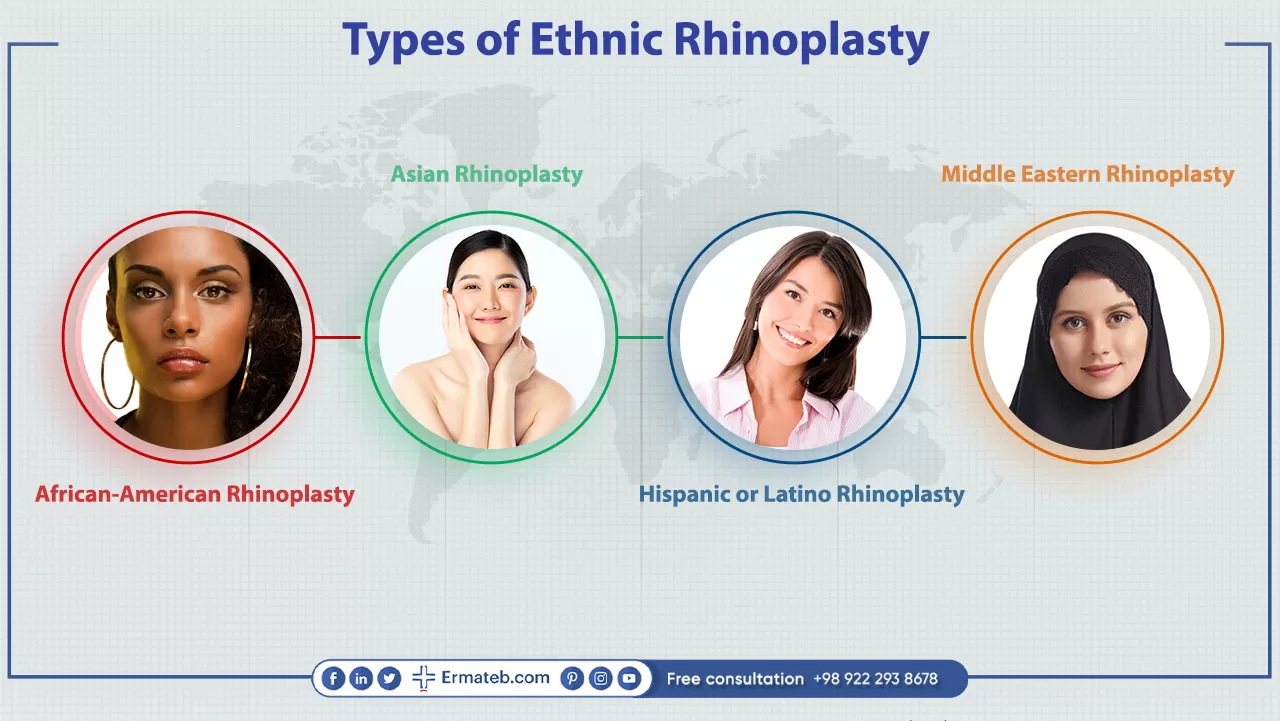
1.Asian Rhinoplasty:
The aim is to create a more defined bridge and improve overall nasal harmony. Patients of Asian descent usually have shorter nasal bones, which can result in a flatter appearance with flared nostrils. The final result is achieving a balanced and natural-looking nose that complements other facial features.
2.Hispanic or Latino Rhinoplasty:
The aim is to customize nasal surgery for individuals of Spanish or Latino backgrounds (like Central America, South America, Mexico, and Spain). The aim is to have a harmonious nose that maintains ethnic identity while achieving desired aesthetic goals.
3.African-American Rhinoplasty in Iran:
Refining the patient’s nose while considering thicker skin and unique nasal structures common among African Americans. The challenges are addressing bulbous tips, wide nostrils, and dorsal humps.
4.Middle Eastern Rhinoplasty in Iran:
Middle Eastern noses usually have prominent dorsal humps, thick skin, and wide bases. The goal is to achieve a balanced and refined appearance without compromising cultural identity.
Who Are the Good Candidates for Ethnic Rhinoplasty in Iran?
Rhinoplasty in Iran, especially ethnic rhinoplasty, will be performed for individuals who wish to:
1.Increase the projection of a small and flat nose
2.Improve the balance of the nose with the forehead and chin
3.Decrease the width of the nostrils and nostril wings and improve the definition of the tip of the nose.
4.Decrease the total width of the nose
5.Increase the length of the nose
6.Rejuvenate their face
7.Westernize the nose
8.Reduce the width of the tip of the nose
9.Increase the projection of the tip of the nose
How Is an Ethnic Nose Job Performed?
Before the procedure, the following steps should be done:
1.Consultations with the plastic surgeon to plan the surgery serenely. The patient should discuss their concerns, goals, and desired results. The surgeon will evaluate the patient’s nasal anatomy, skin type, and overall health.
2.Consultation with the anesthesiologist
3.Pre-operative check-ups, such as blood tests, and CT scans of the facial mass if needed.
4.For individuals with darker skin tones, pretreating the skin with skin bleach and Retin-A can help decrease the risk of scarring. The patient better start this treatment 2 to 6 weeks before the surgery and continue for several weeks afterward. Skin preparation can also improve the patient’s skin quality.
5.Patients must quit smoking at least 2 weeks before their surgery since it can impair healing and increase the risk of side effects.
6.Patients should plan for someone to drive them home after the procedure. They should also make sure they have a comfortable recovery space at home with the necessary supplies within reach.
During the surgery, the surgeon combines traditional nose job techniques with reconstructive techniques based on your anatomical challenges and goals. Your surgeon considers your cultural background, facial proportions, and desired results.
The operation takes 2 to 3 hours and is performed under general anesthesia in a clinic. An ethnic nose job may involve lifting the nasal bridge to increase nasal projection, narrowing wide or flared nostrils and nostril wings, eliminating a hump, and refining the tip of the nose. It depends on the patient’s characteristics and cosmetic goals.
Additionally, the nose can be enlarged and lengthened. Cartilage grafts are usually used to build up the nasal architecture to be more defined and stronger. The cartilage graft can be taken from the ear cartilage or the septum. The cartilage will be taken from the ribs if a large amount of cartilage is needed.
It is recommended surgeons perform ethnic rhinoplasty through an open approach. This is because it allows them to safely modify and augment the structure of the patient’s nose and perform cartilage grafts precisely for the augmentation of the nose structure. The scar is not visible since it’s very discreet and located under the nose.
After the operation, the patient will experience Bruises for about 10 to 15 days. The patient will have a bandage on the nose for 7 days, mild pain, and respiratory discomfort for 7 to 10 days.
Advantages and Disadvantages of Ethnic Rhinoplasty in Iran
Advantages:
1.An ethnic nose job respects the unique features of different cultural backgrounds, and surgeons aim to enhance the patient’s nose while maintaining ethnic identity.
2.Unlike traditional rhinoplasty, an ethnic nose job is highly individualized. Therefore, surgeons tailor the surgery to each person’s facial features and cosmetic goals.
3.The aim is to create balance and symmetry without eliminating ethnic markers. Individuals achieve natural-looking outcomes that honor their origins.
4.By achieving their desired look, patients feel more secure and confident. An ethnic nose job enhances both appearance and self-esteem.
Disadvantages:
1.All surgeries carry a risk of scarring. Individuals with darker skin tones may show scars more easily.
2.Changes in skin color around the operation site can occur. The surgeon needs to be mindful of potential pigmentation anomalies.
3.Ethnic nose jobs usually involve an open approach, which has a higher risk of visible scarring because of the columellar incision.
4.Individuals with thicker skin may experience limitations in sculpting the nasal tip. Touch-ups may be necessary following the swelling subsides.
5.Because of the risks of scarring and pigment anomalies, there is a greater chance of needing revision rhinoplasty among individuals with ethnic skin.( Know more about revision rhinoplasty in Iran )
Choosing an experienced surgeon who can understand the nuances of ethnic rhinoplasty is important for achieving safe and satisfying outcomes while preserving cultural identity.
Risks and Complications of Ethnic Rhinoplasty
Like any other surgery, ethnic rhinoplasty, such as African-American rhinoplasty in Iran, comes with its own set of side effects and risks. General risks and side Effects include:
1.Numbness:
The patient loses sensation around the nose temporarily.
2.Nerve Damage:
There is a risk of nerve injury during the surgery.
3.Blood Vessel Damage:
There may be potential bleeding complications.
4.Nosebleeds:
It is common in the early postoperative period.
Ethnic Nose Job Recovery
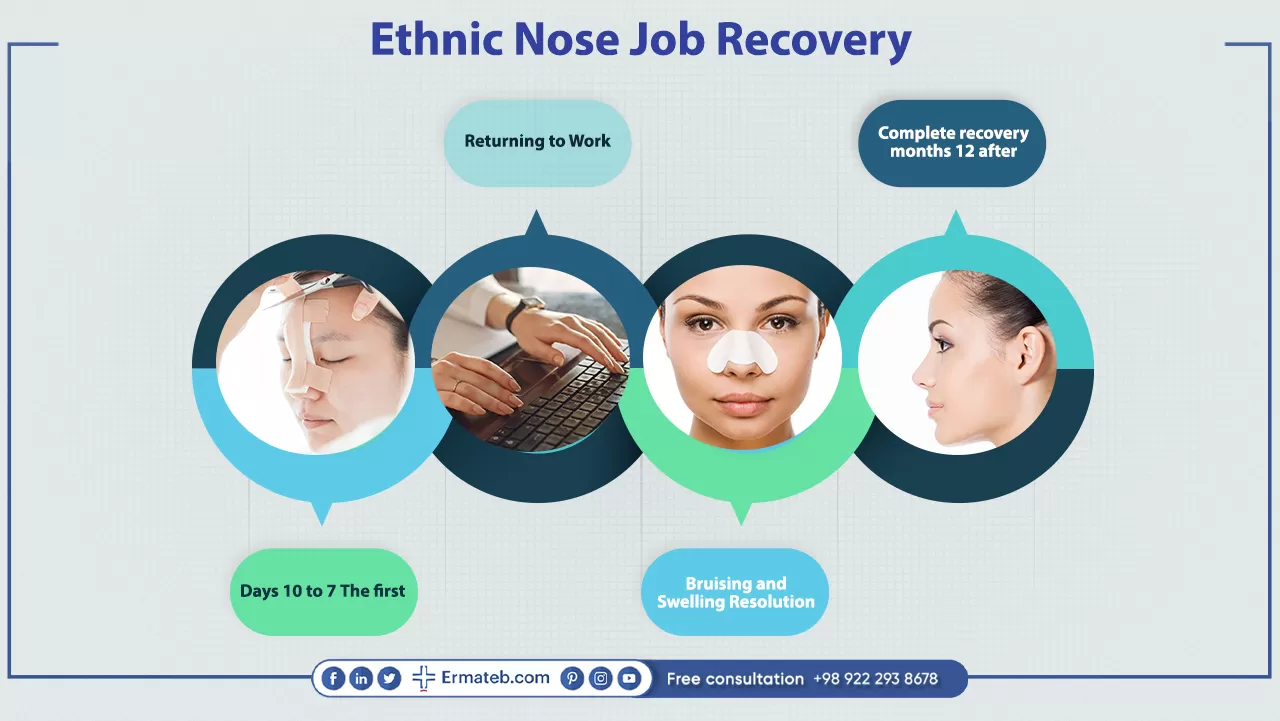
The first 7 to 10 Days:
After the surgery, the patient’s nose will be wrapped with tape, bandages, and possibly a splint. Most patients experience discomfort, swelling, bruising, and sometimes nausea during this time. Additionally, nasal congestion may occur.
Returning to Work:
After the initial healing time, most individuals can return to work. However, individual recovery times can vary.
Bruising and Swelling Resolution: Over the next few weeks, swelling and bruising will gradually subside. The majority of visible signs of a recent procedure won’t be evident at a conversational distance.
Most patients can resume daily and normal activities within 2 to 3 weeks, a full rhinoplasty recovery can take up to 12 months for the outcomes to show. Patients must follow their surgeon’s post-operative instructions closely, attend follow-up appointments, and be patient during the process of healing.


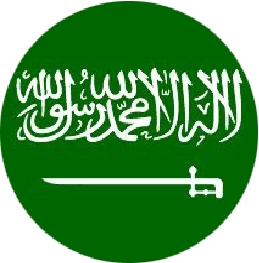 Arabic
Arabic
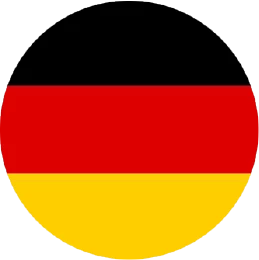 German
German
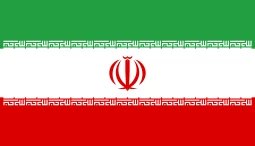 Persian (Farsi)
Persian (Farsi)
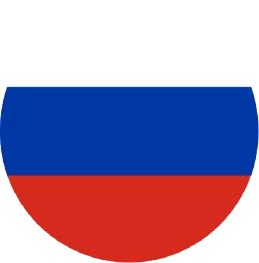 Russian
Russian
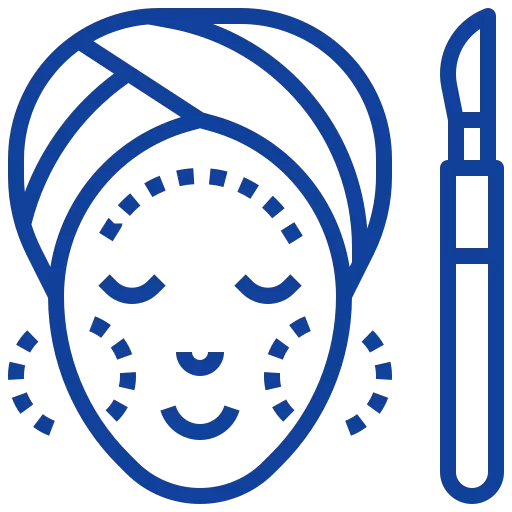 Beauty
Beauty
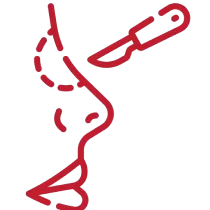
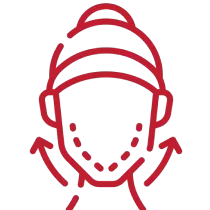
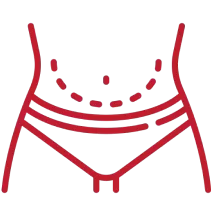
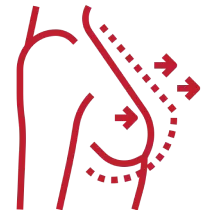
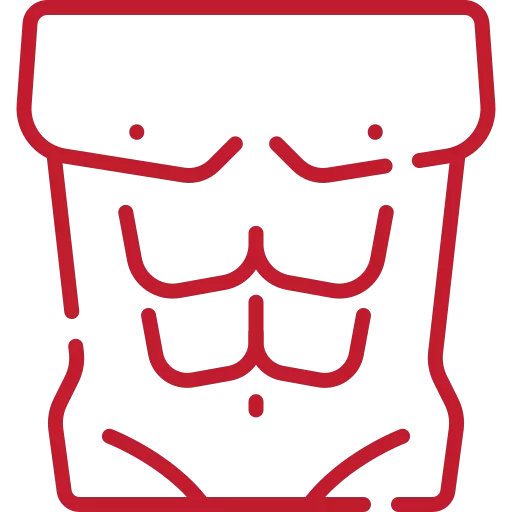
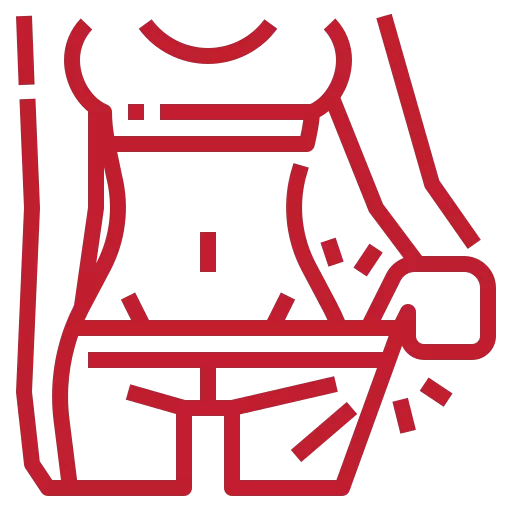
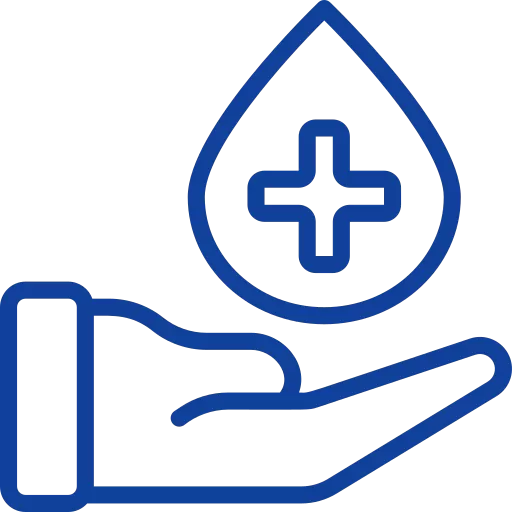 Medical
Medical
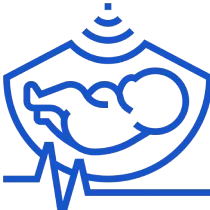


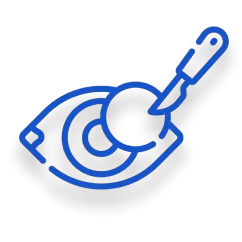
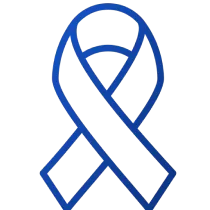
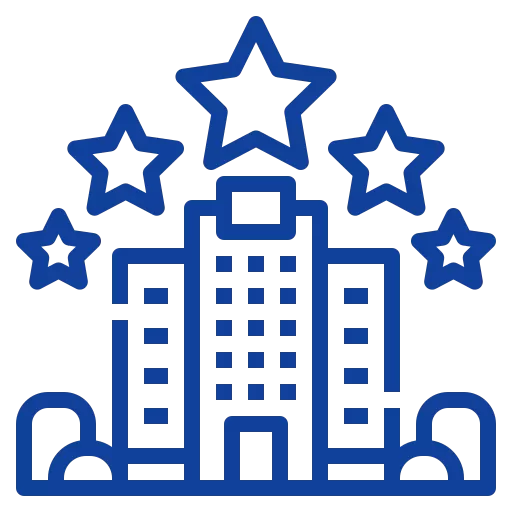 Hotels
Hotels
 Hospitals
Hospitals





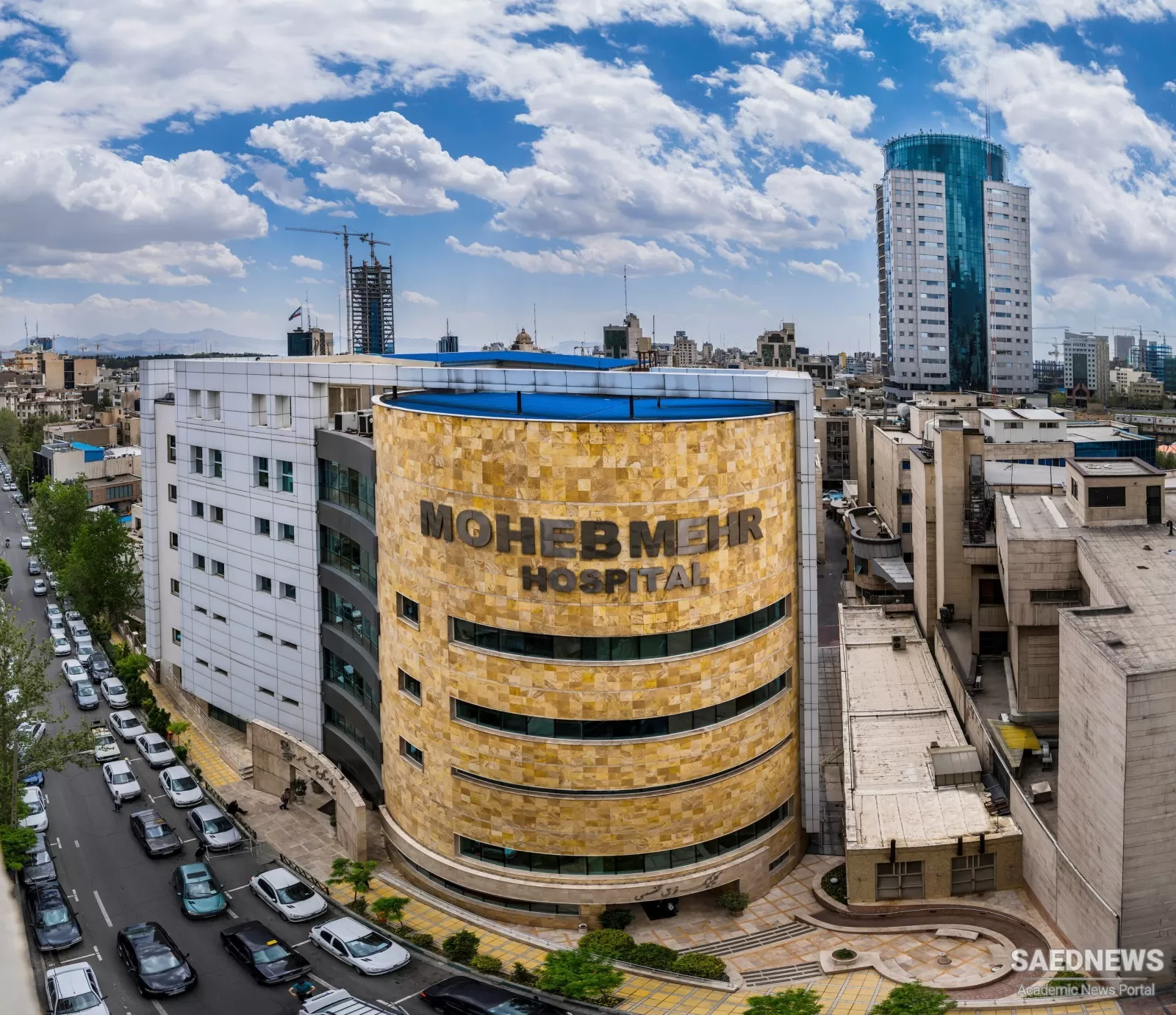

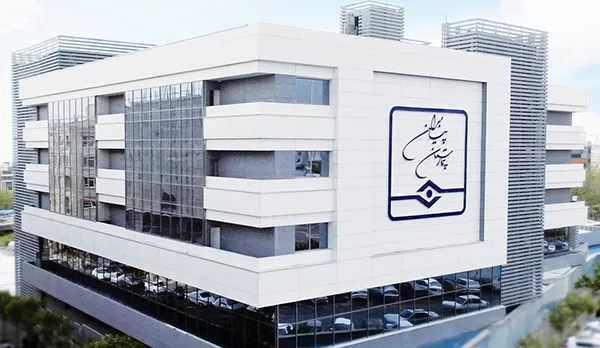
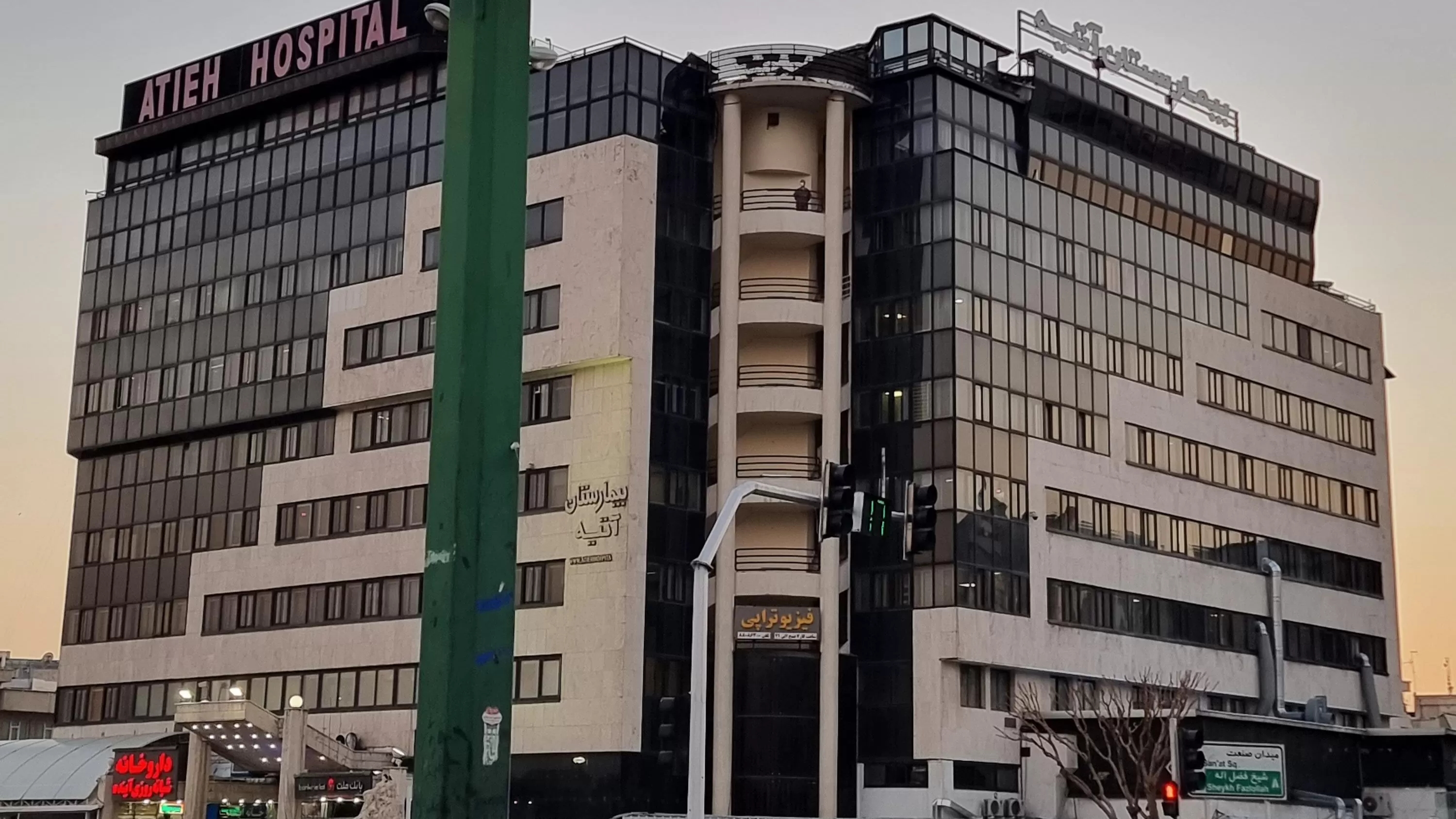
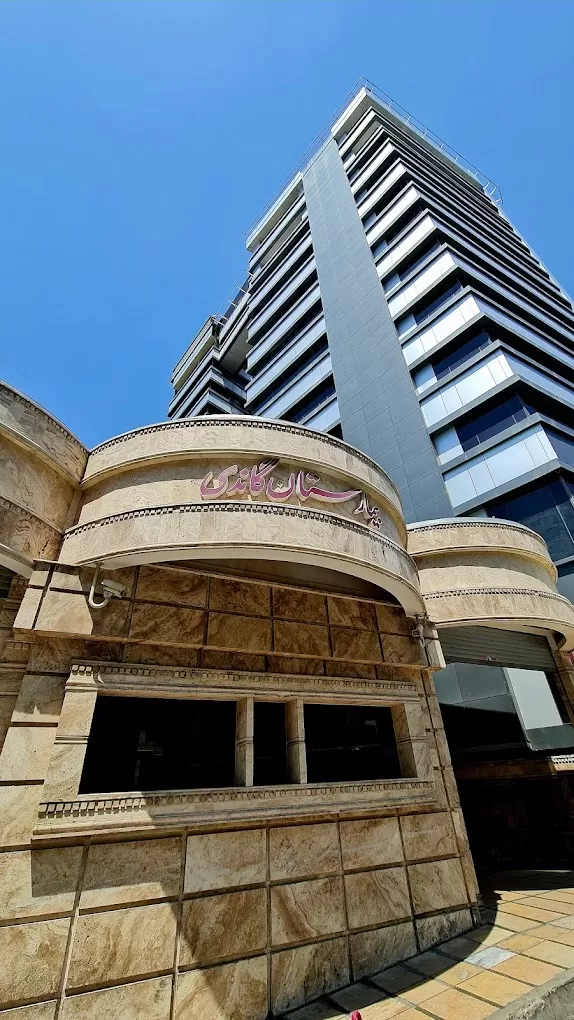
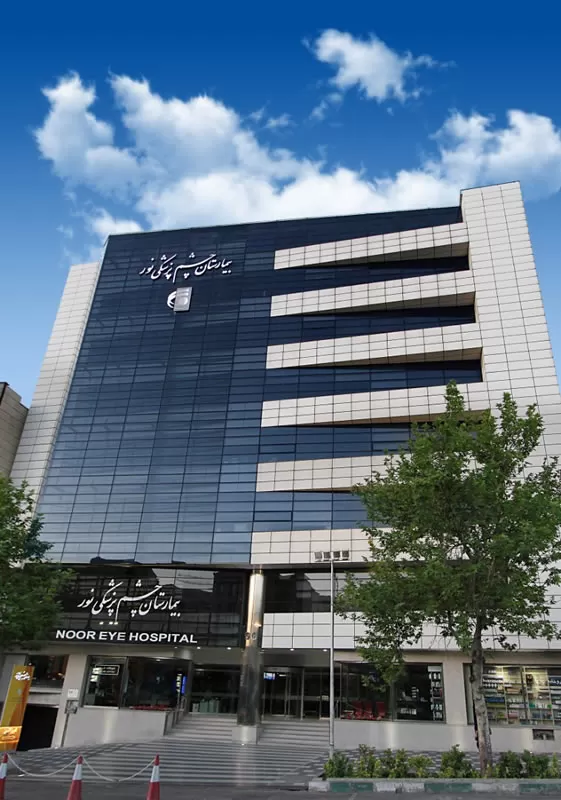
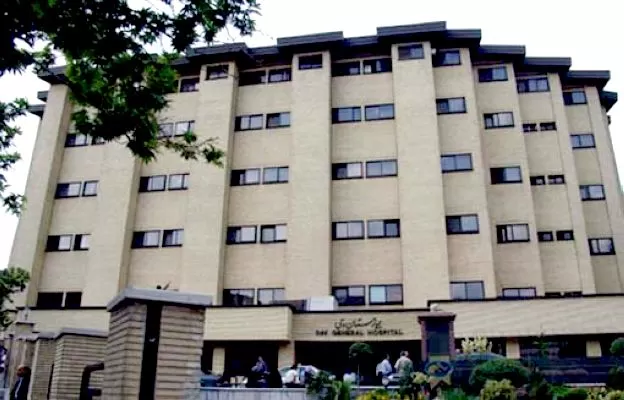
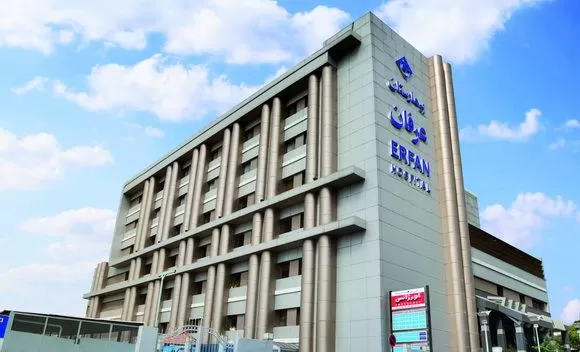
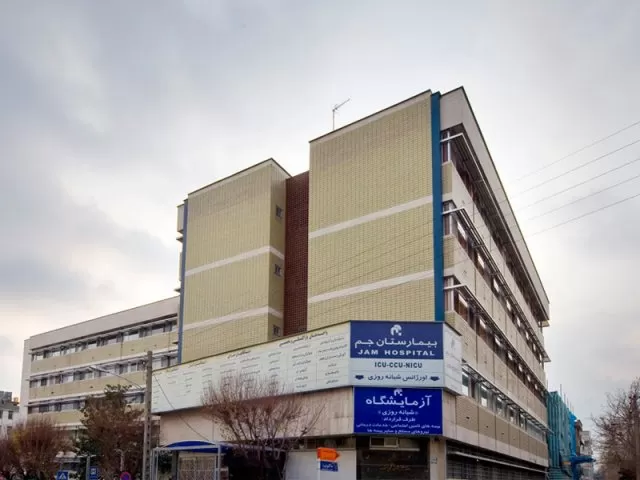

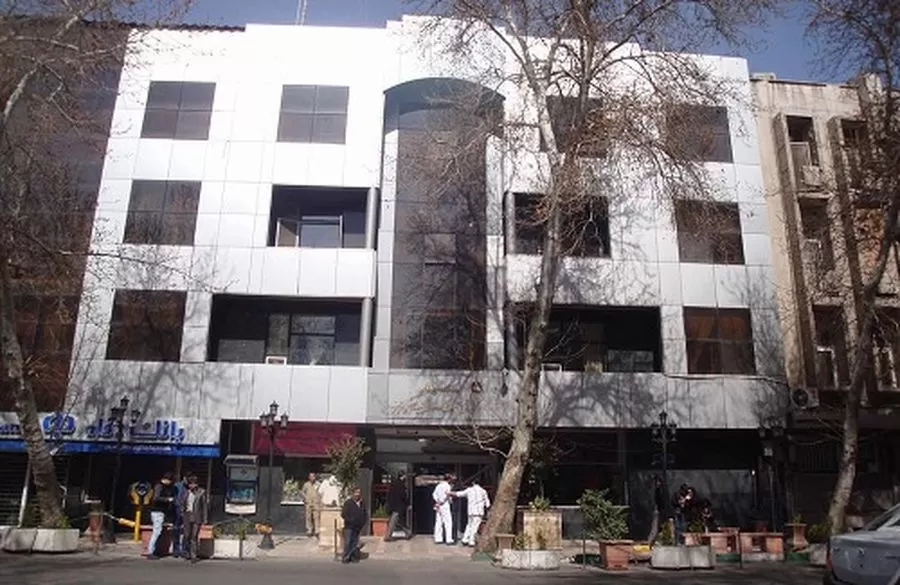
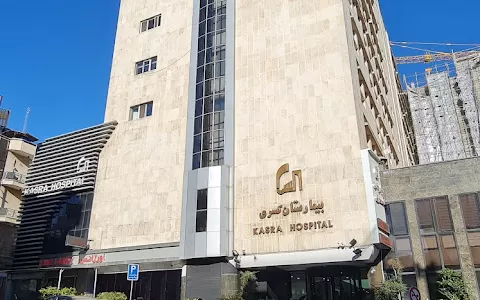
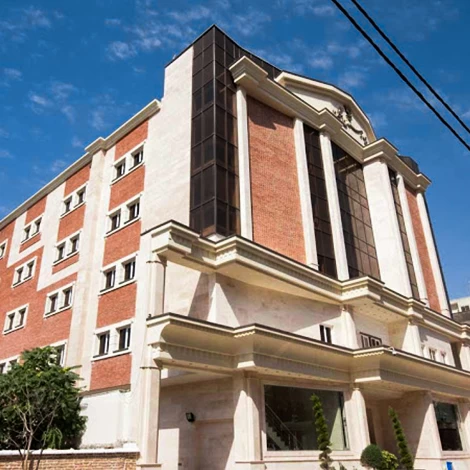
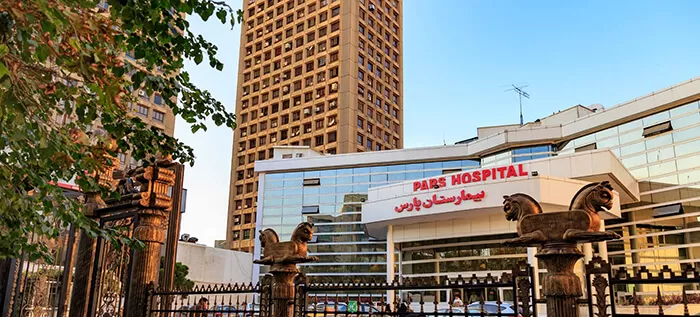
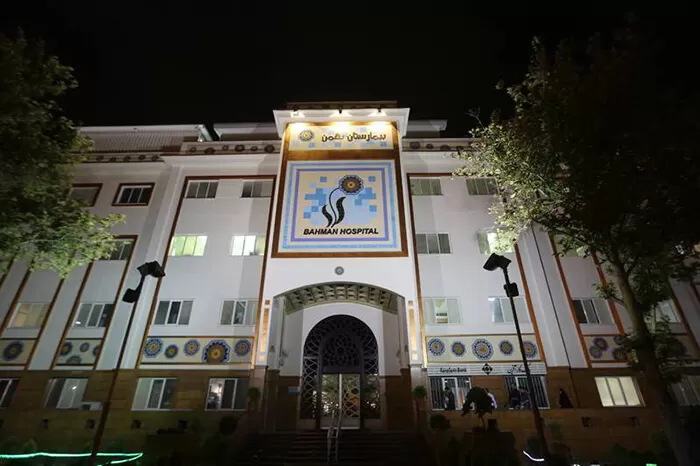
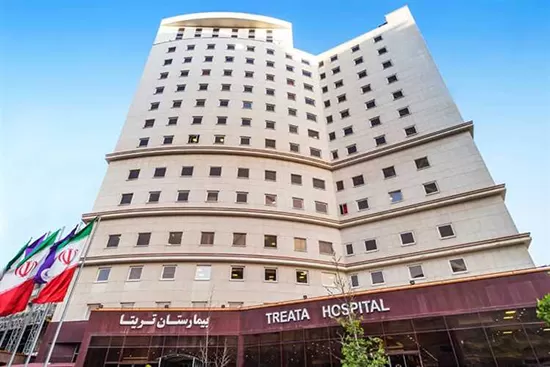
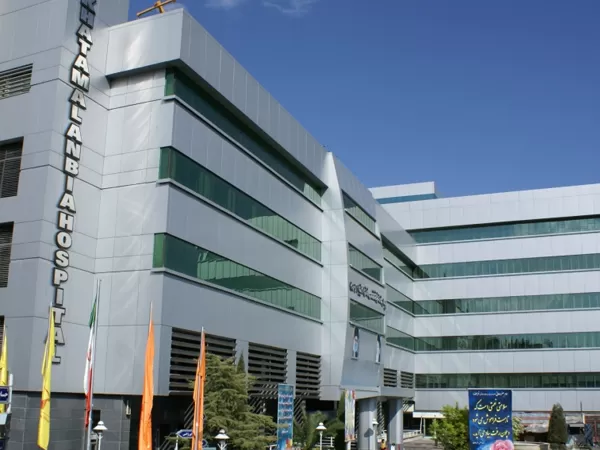
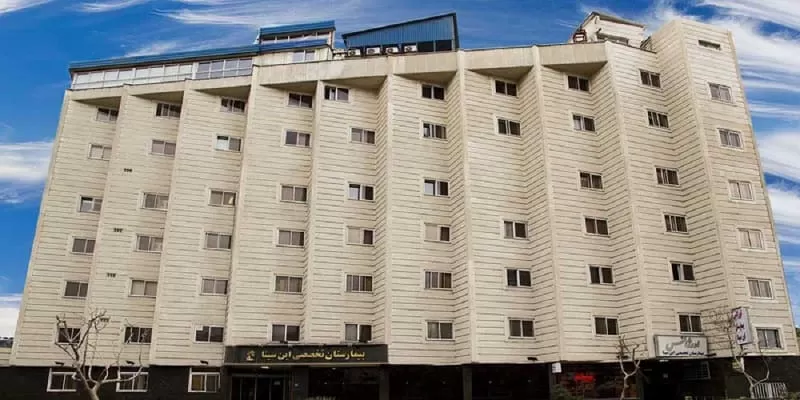

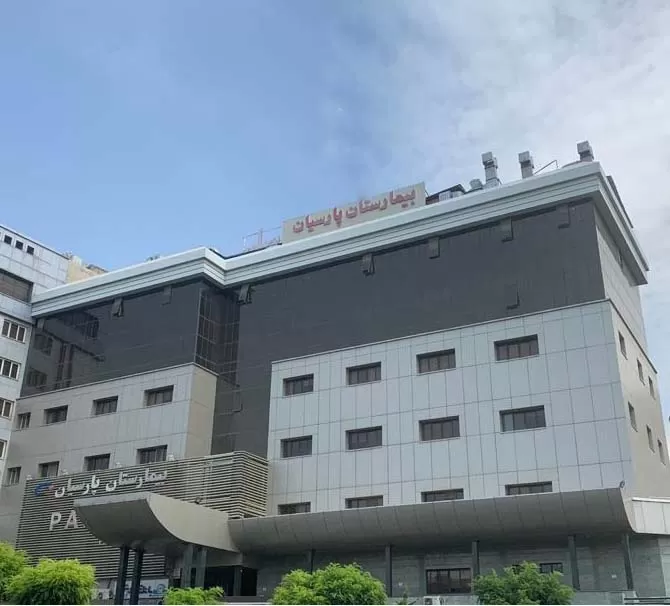
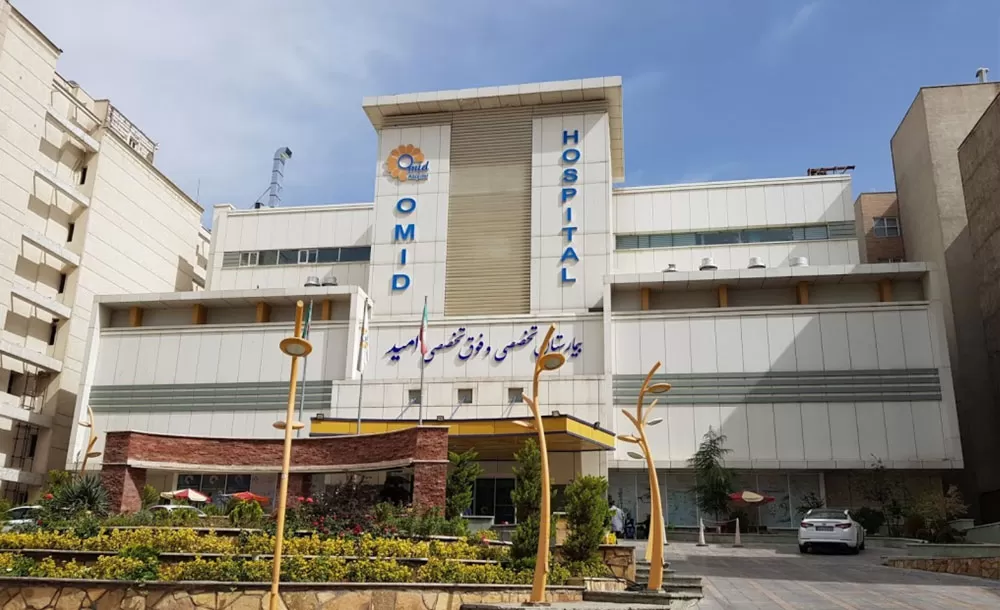
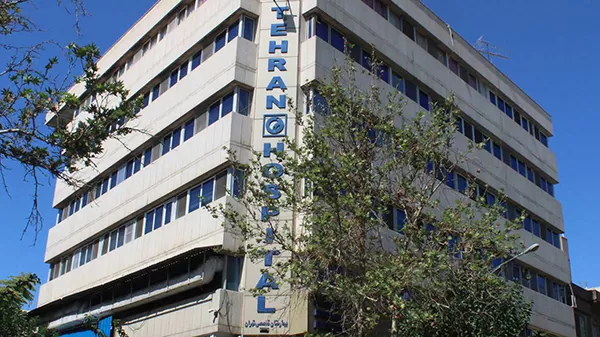

![Frequently asked question about [name]](/v2tem/images/pages/service/faq-image.webp)
